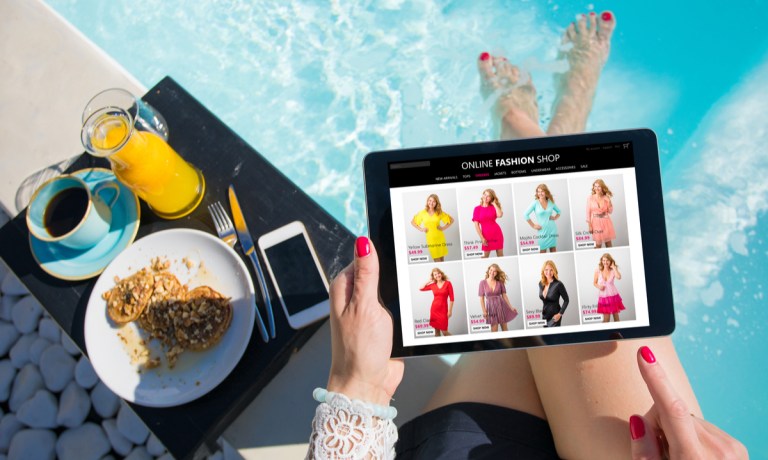Stylitics Introduces AI-Powered Virtual Closet

Digital merchandising firm Stylitics says the inspiration for its latest products comes from Hollywood.
More to the point, the 1995 comedy “Clueless,” and its early-internet vision of virtual try-on technology, the company said when announcing a new suite of products Tuesday (Oct. 10).
The initial rollout, Stylitics said in a news release, will feature a pair of artificial intelligence (AI)-powered products that offer curated outfit recommendations based on the items shoppers have bought or browsed in the past.
“Shoppers have long admired Cher’s virtual closet from the film ‘Clueless’ and these new tools are reimagining that dream,” said Rohan Deuskar, the company’s founder and CEO.
“Using AI not only personalizes the eCommerce experience for shoppers, but it also allows brands to do so at scale. We are providing retailers with a new opportunity to understand the shopper’s style in deeper and more dynamic ways, while driving loyalty and higher engagement.”
The first of these offerings, Styled for You, provides personalized recommendations to shoppers, offering them a number of ways to update their wardrobe.
The second, Dynamic Galleries, offers “1:1 outfitting corresponding to search results” based on a shopper’s style profile, showing five to seven items based on “browsed items, past purchases, category and most used filter inputs,” the release said.
Results are fined as consumers engage, providing visual and text-based cues, such as “Because you shopped …” to explain why specific results are displayed.
PYMNTS spoke with Deuskar in July about how his company enhances inspirational commerce by incorporating image recognition and AI capabilities. He told PYMNTS Stylitics had seen a change in how people shop and retailers sell.
“Product pages are now the new homepage,” Deuskar said. “You see something you like on social media — all of that selling has happened to you, the awareness of the selling piece that happened to you there — you just go right into the product detail page.
“So all of the inspirational content and the cross-sell intention and the brand building that used to happen on the homepage … fewer people are going there. And so, the need is that you have to be able to tell those stories on the product detail page,” he added.
For example, a customer might initially land on a product detail page for a specific sneaker they’ve been waiting for. All the same, retailers can still try to capture their interest and encourage them to browse related products, such as the leggings worn by the model while showcasing the sneakers.